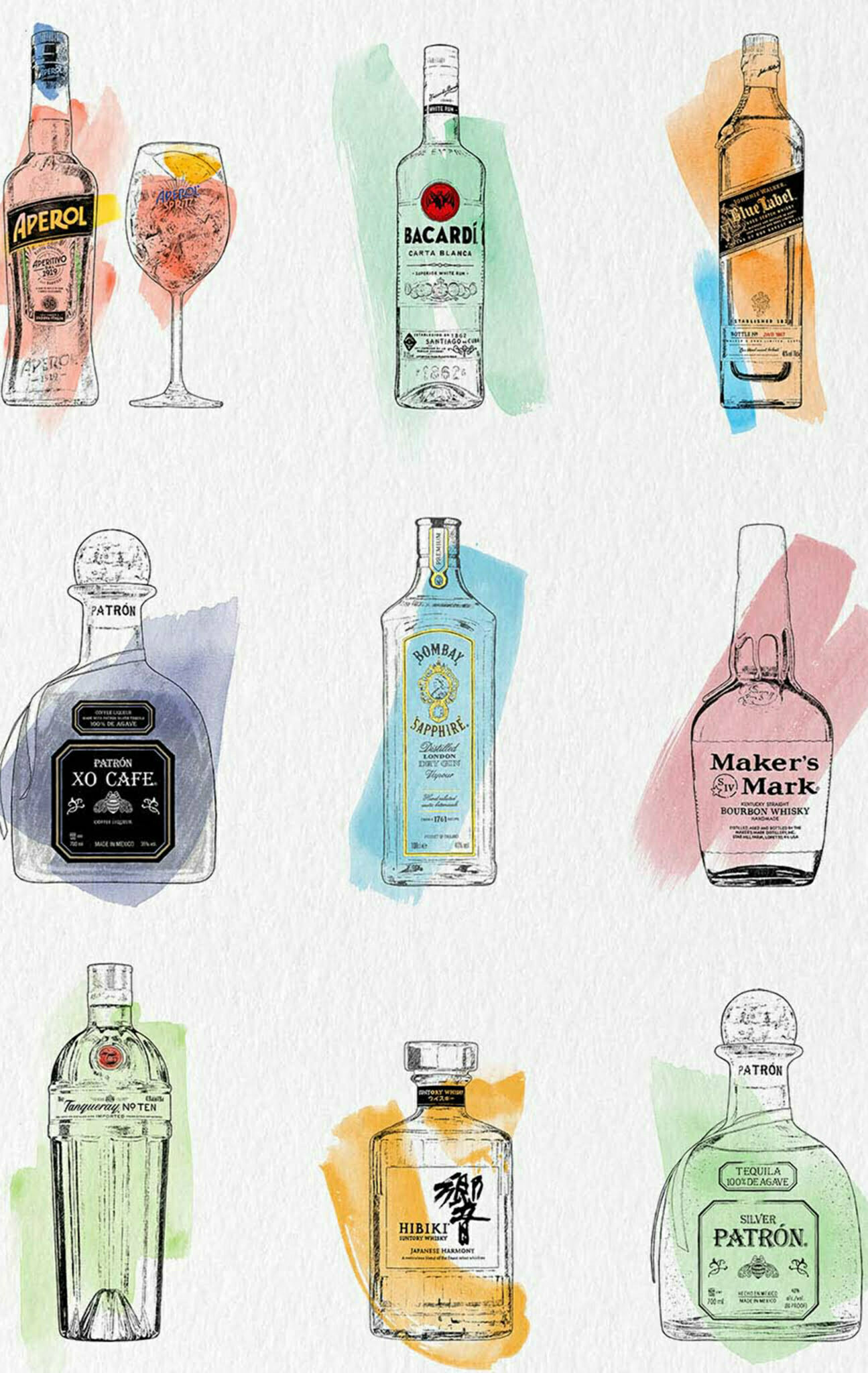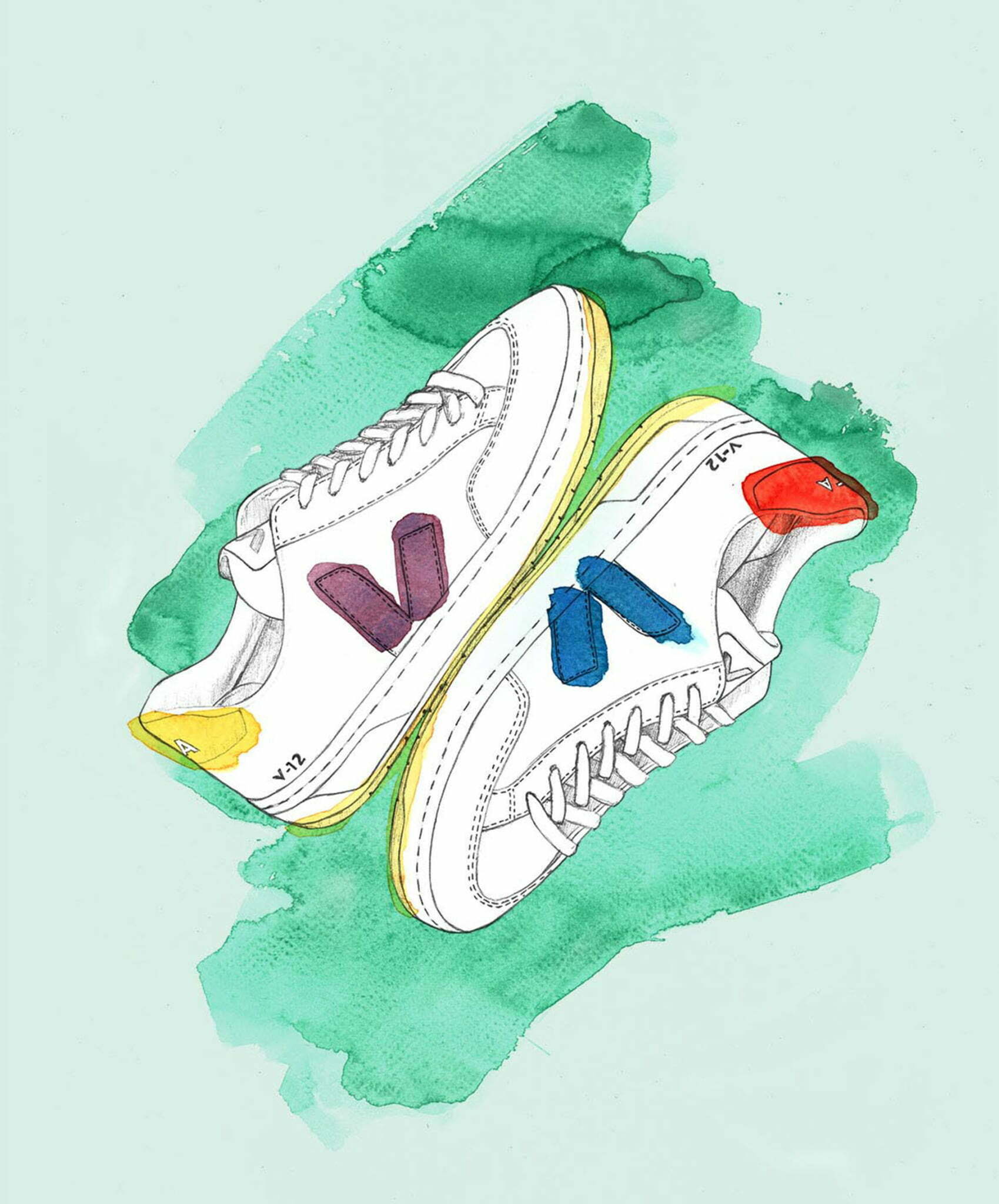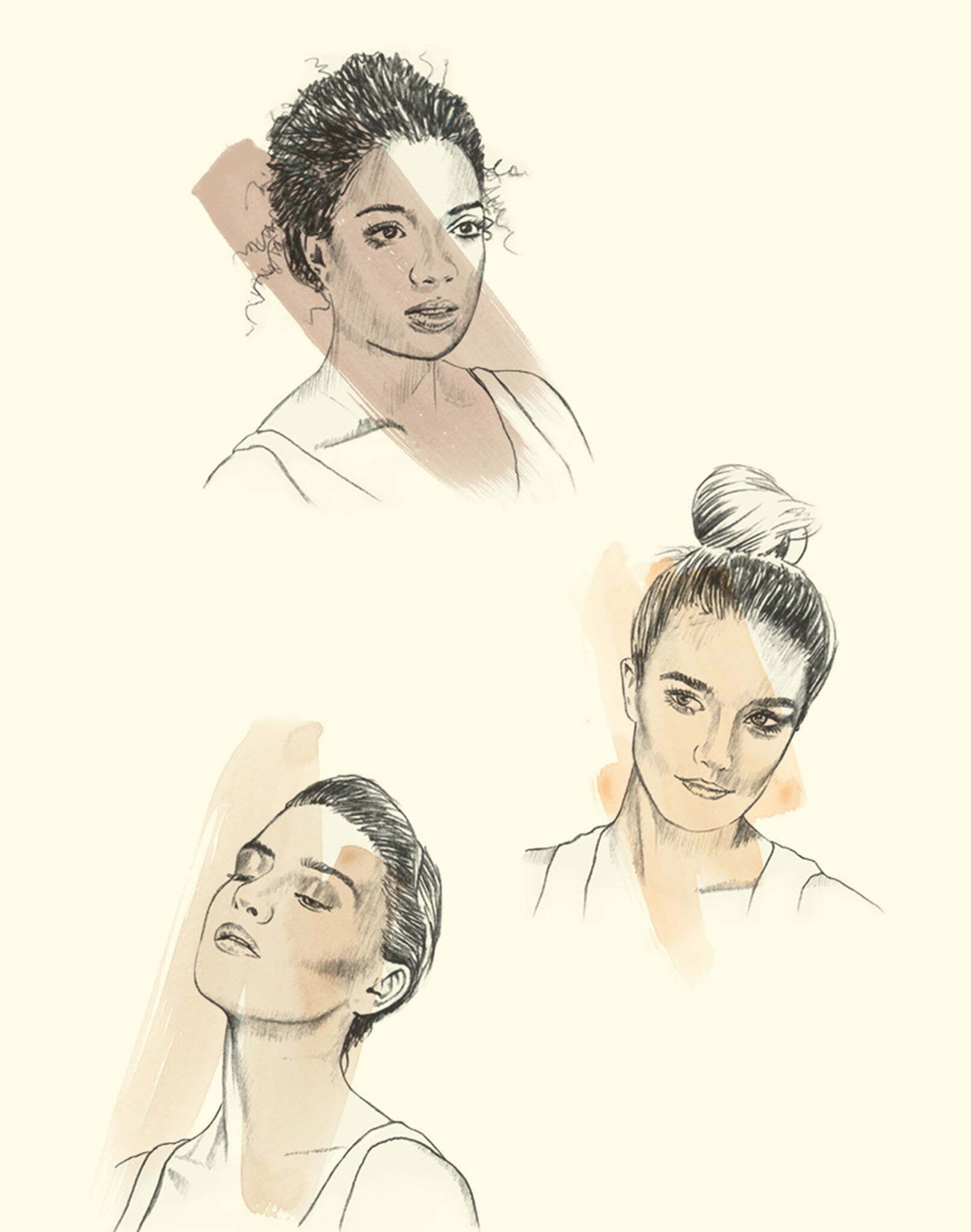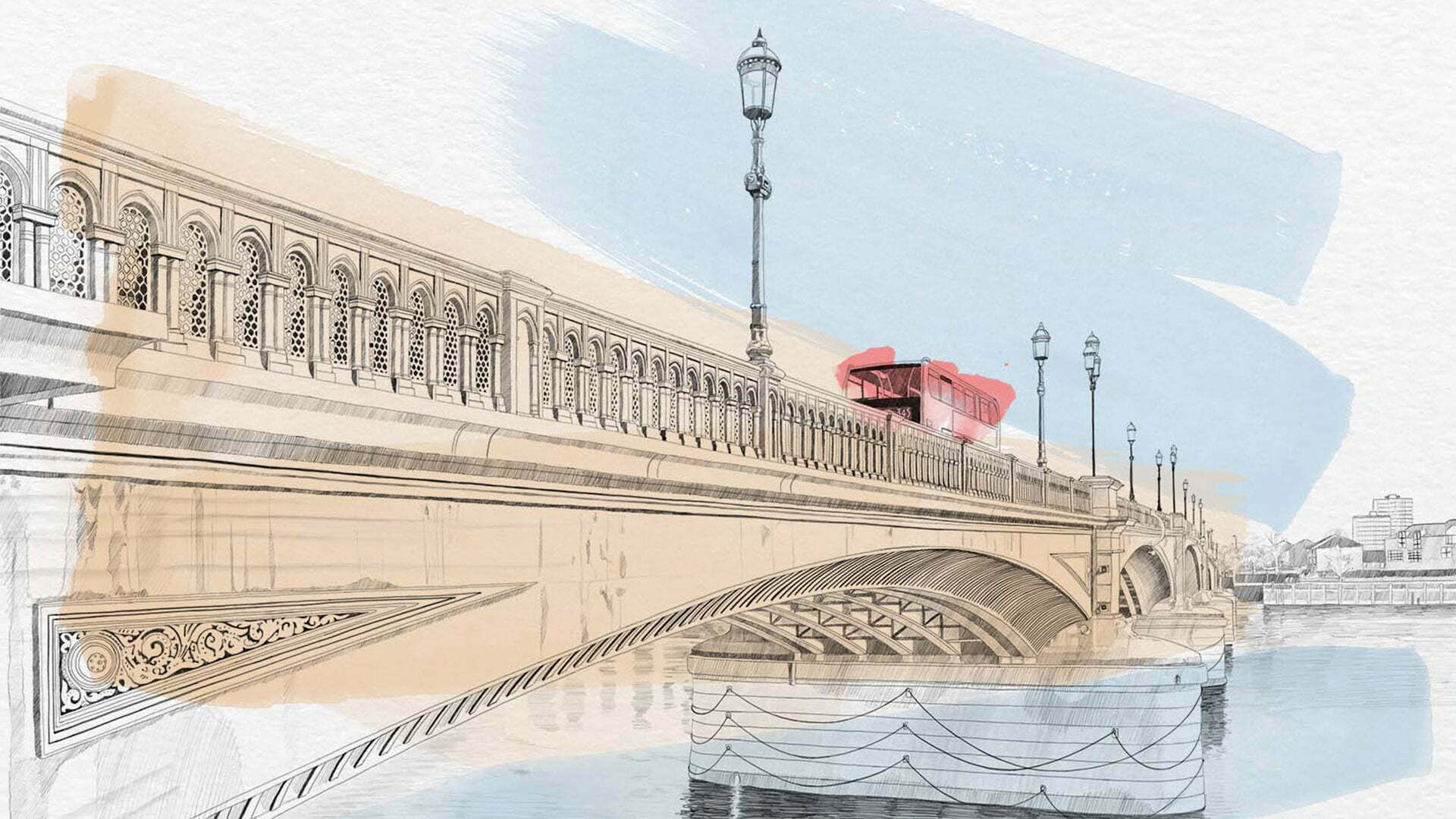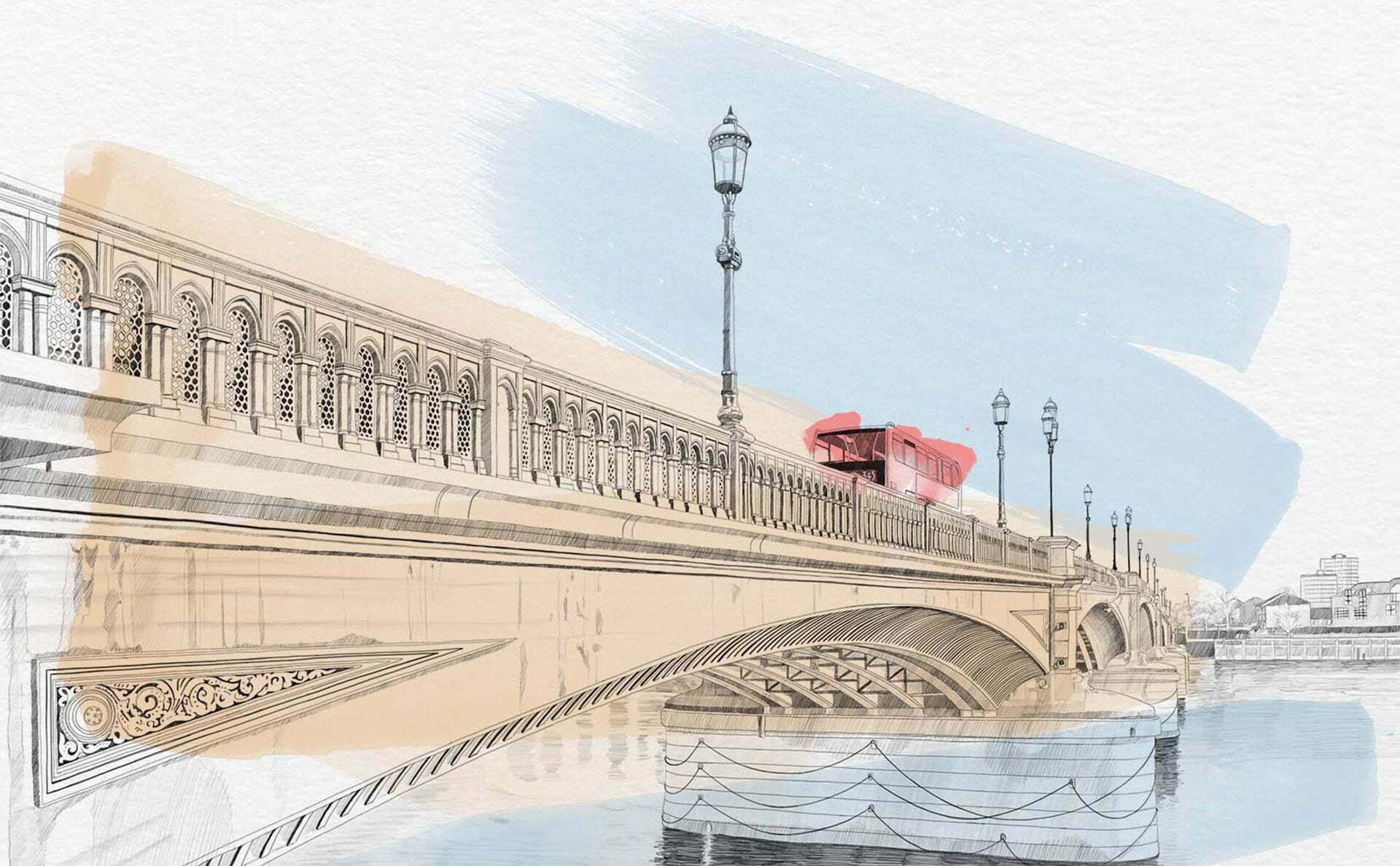
Background
Celebrating one of the most ancient art forms, Watercolour dates back to pre-history. The earliest examples can be seen gracing the cave walls where ancient man used to live. Since then, art has played an important role in society, bringing us together, inspiring us and lifting our hearts during our darkest days.
Celebrating one of the most ancient art forms, watercolour itself has been around for centuries, with early examples found in ancient Egyptian tombs. Watercolour painting began to gain popularity during the Renaissance, when artists like Leonardo da Vinci and Michelangelo started using the medium to create stunning works of art.
During the eighteenth century, watercolour painting became increasingly popular in Europe and America. Artists like J.M.W. Turner and John Constable began to experiment with the medium, pushed its boundaries, and created some truly iconic pieces of art.
Today, it is enjoyed by millions of people around the world. It’s a versatile medium that can be used to create everything from stunning landscapes to delicate portraits.
Watercolour Techniques
Watercolour painting techniques include traditional and digital methods. Traditional painting involves the use of physical tools and mediums such as paintbrushes, watercolours, and paper. Whilst digital painting uses a computer to create the artwork. This can be done with software programs specifically designed for painting, or by using photo-editing software such as Photoshop.
Both traditional and digital watercolour painting techniques have their own advantages and disadvantages.
Traditional watercolour painting is considered more unique as it is not possible to reproduce identical copies, meaning no mass production and no copies will be exactly the same. Additionally there is no ‘undo’ button so any errors will need to be worked into the image adding to its uniqueness. Finally, traditional watercolour gives you the flexibility to mix any types of mediums as you wish, allowing a more creative flare that might not always be possible with digital images. The downside of traditional paintings is that they can often be time consuming and difficult to make changes to.
Digital watercolour painting is often quicker and easier to edit, which can be helpful if you’re working on a tight deadline. With the use of computer software packages images can be easily adapted and edited. Additionally, digital files are easily reproduced and shared with others. Ultimately, it’s up to you to decide which technique is best for your needs and the purpose of the image.
Artists
To celebrate World Watercolour Month, we wanted to share with you one of our new artists Not By Hand. Not by Hand uses a blend of watercolour and pencil or fine liner to create some beautiful watercolour images with a modern twist.
Not By Hand
Not by Hand is a traditional image maker with a modern twist, creating beautifully detailed illustrations digitally, whilst still retaining a hand made quality. Blending a mixed medium of pencil or fine liner with watercolour to create intriguing compositions with a pop of colour to help draw the audience in.
His favourite subject matters include architecture and portraiture, although he prides himself at being versatile and quick when creating illustrations.
Not by Hand has over 9 years experience working in the marketing and advertising industries having worked with clients ranging from Tanqueray Gin to American Express and The Premier League.
Please take a look at Not by Hand’s full profile for more of is intriguing images embracing the splash of watercolour.
We hope you love these images as much as we do and enjoy celebrating World Watercolour Month.
